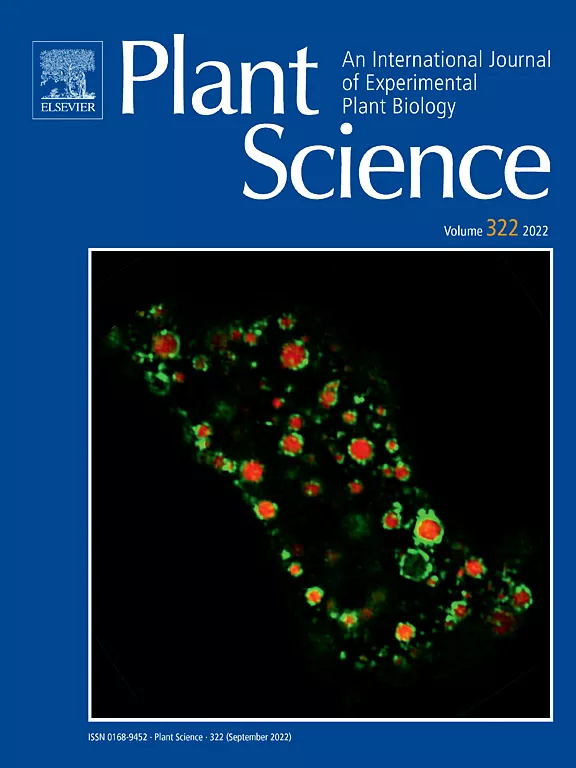Comparative RNA-Seq analysis unravels molecular mechanisms regulating therapeutic properties in the grains of traditional rice Kavuni
Developing rice varieties with enhanced levels of functional bioactives is an important intervention for achieving food and nutritional security in Asia where rice is the staple food and Type II diabetes incidences are higher. The present study was aimed at dissecting out the molecular events underlying the accumulation of bio active compounds in pigmented traditional rice Kavuni. Comparative transcriptome profiling in the developing grains of Kavuni and a white rice variety ASD 16 generated 37.7 and 29.8 million reads respectively. Statistical analysis identified a total of 9177 exhibiting significant differential expression (DEGs) between the grains of Kavuni and ASD 16. Pathway mapping of DEGs revealed the preferential up-regulation of genes involved in the biosynthesis of amylose and dietary fibres in Kavuni accounting for its low glycemic index (GI). Transcripts involved in the biosynthesis of carotenoids, flavonoids, anthocyanins, phenolic acids and phenylpropanoids were also found to be up-regulated in the grains of Kavuni. This study identified up-regulation of key transcripts involved in the accumulation of phenolic acids having potential for inhibiting major hydrolytic enzymes α-amylase and α-glucosidase and thus accounting for the slow digestibility leading to low GI. Overall, this study has identified molecular targets for the genetic manipulation of anti-diabetic and anti-oxidant traits in rice.
Year
2022
Publication Source
Plant Science
Publication type
Scientific Paper











